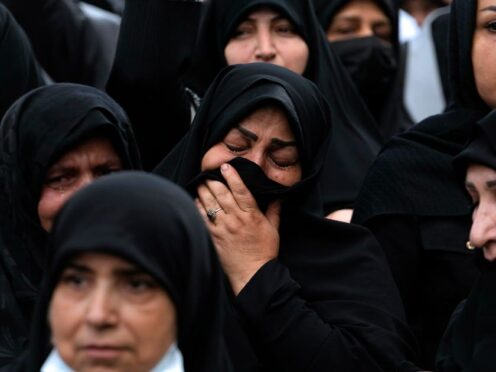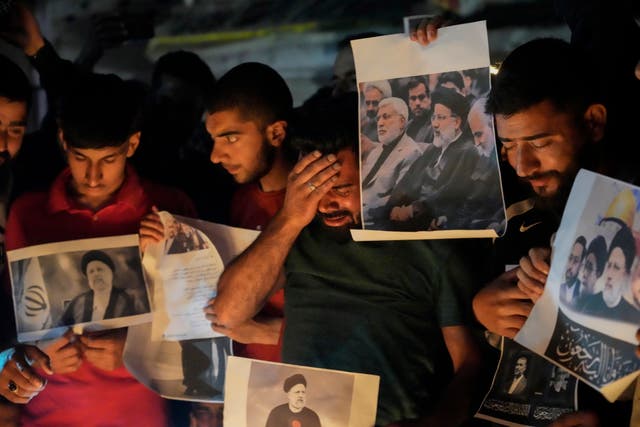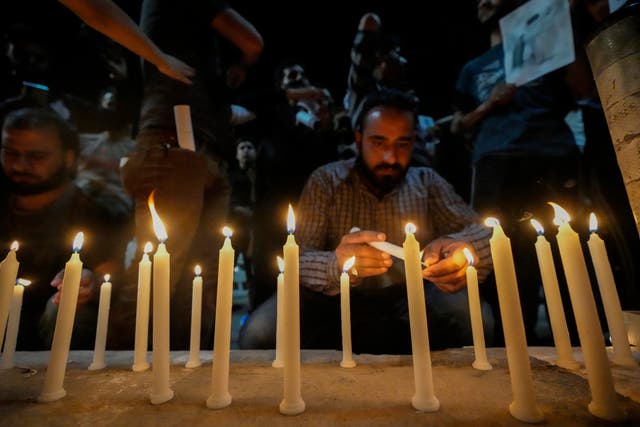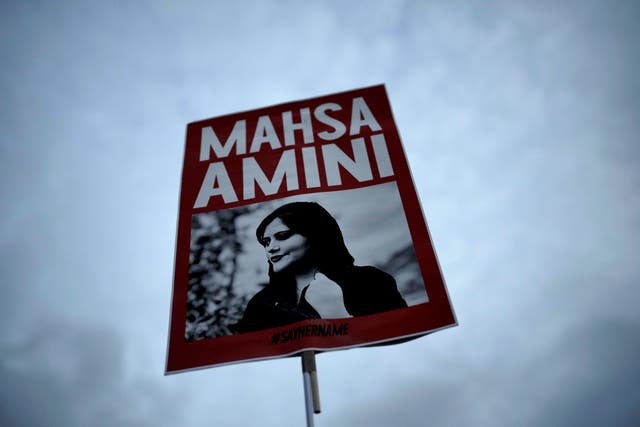
Mourners have started gathering for days of funerals and processions for Iran’s late president, foreign minister and others killed in a helicopter crash.
The Iranian government-led series of ceremonies is aimed at both honouring the dead and projecting strength in an unsettled Middle East.
For Iran’s Shiite theocracy, mass demonstrations have been crucial since millions thronged the streets of Tehran to welcome Grand Ayatollah Ruhollah Khomeini in 1979 during the Islamic Revolution. An estimated one million turned out in 2020 for processions for the late Revolutionary Guard general Qassem Soleimani, who was killed in a US drone strike in Baghdad.

Whether president Ebrahim Raisi, foreign minister Hossein Amirabdollahian and others draw the same crowd remains in question, particularly as Mr Raisi died in a helicopter crash, won his office in the lowest turnout election in the country’s history and presided over sweeping crackdowns on all dissent.
Prosecutors have already warned people over showing any public signs of celebrating his death and a heavy security force presence has been seen on the streets of Tehran since the crash.
But Mr Raisi, 63, had been discussed as a possible successor for Iran’s supreme leader, the 85-year-old Ayatollah Ali Khamenei. His death now throws that selection into question, particularly as there is no heir-apparent cleric for the presidency ahead of planned elections on June 28.
“Raisi’s death comes at a moment when the Islamist regime is consolidated,” wrote Alex Vatanka, an Iran expert at the Middle East Institute. “In short, there will be no power vacuum in Tehran; nonetheless, post-Khamenei Iran suddenly looks far less predictable than it did just a few days ago.”

A procession on Tuesday morning led by a vehicle carrying the coffins of the dead slowly moved through the narrow streets of downtown Tabriz, the closest major city near the site of Sunday’s crash.
Thousands dressed in black slowly walked beside the coffins, some throwing flowers up to them as an emcee wept through a loudspeaker for men he described as martyrs.
The caskets later arrived in Tehran to an honour guard at the airport. They will go on to the holy Shiite seminary city of Qom before returning to the Iranian capital.
On Wednesday, a funeral presided over by Mr Khamenei will then turn into a procession as well. On Thursday, Mr Raisi’s hometown of Birjand will see a procession, followed by a funeral and burial at the Imam Reza shrine in the holy city of Mashhad, the only imam of the Shiite’s faith buried in Iran.
That shrine has long been a centre for pilgrims and sees millions visit each year. Over the centuries, its grounds have served as the final burial site for heroes in Persian history. It is an incredibly high, rare honour in the faith. Iranian president Mohammad-Ali Rajai, the only other president to die in office when he was killed in a 1981 bombing, was buried in Tehran.
Iran’s theocracy declared five days of mourning, encouraging people to attend the public mourning sessions. Typically, government employees and schoolchildren attend such events en masse, while others take part out of patriotism, curiosity or to witness historic events.
Across Iran, its rural population often more closely embraces the Shiite faith and the government. However, Tehran has long held a far different view of Mr Raisi and his government’s policies as mass protests have roiled the capital for years.

The most recent involved the 2022 death of Mahsa Amini, a woman detained over her allegedly loose headscarf, or hijab. The months-long security crackdown that followed the demonstrations killed more than 500 people and saw over 22,000 detained. In March, a United Nations investigative panel found that Iran was responsible for the “physical violence” that led to Ms Amini’s death.
On Sunday night, as news of the helicopter crash circulated, some offered anti-government chants in the night. Fireworks could be seen in some parts of the capital, though Sunday also marked a remembrance for Imam Reza, which can see them set off as well. Critical messages and dark jokes over the crash also circulated online.
Iran’s top prosecutor has already issued an order demanding cases be filed against those “publishing false content, lies and insults” against Mr Raisi and others killed in the crash, according to the semi-official Isna news agency.

Enjoy the convenience of having The Sunday Post delivered as a digital ePaper straight to your smartphone, tablet or computer.
Subscribe for only £5.49 a month and enjoy all the benefits of the printed paper as a digital replica.
Subscribe